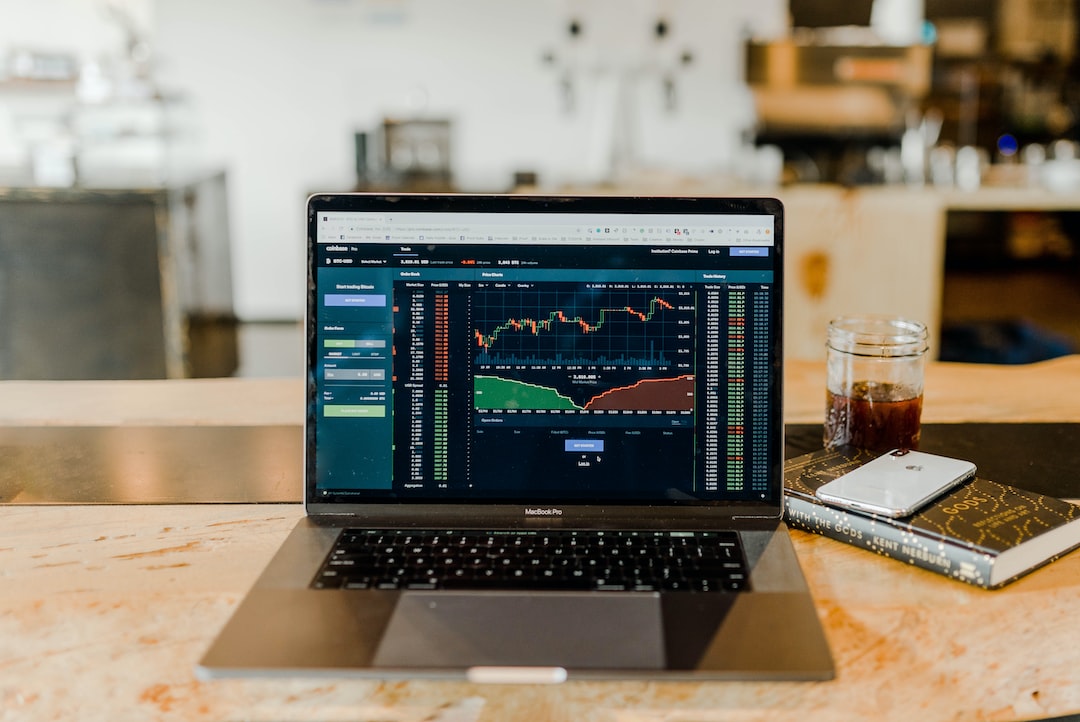Exploring the Factors That Impact Rollover Rates in Forex
Forex trading involves the buying and selling of currencies in the global foreign exchange market. Traders can take advantage of the differences in interest rates between currencies to earn profits through a strategy called carry trading. One important concept in carry trading is rollover rates, which can significantly impact a trader’s profitability. In this article, we will explore the factors that influence rollover rates in forex trading.
Rollover rates, also known as swap rates, are the interest rates that traders pay or receive for holding positions overnight. These rates are determined by the difference in interest rates between the two currencies being traded. When a trader buys a currency with a higher interest rate and sells a currency with a lower interest rate, they will earn a positive rollover rate. Conversely, if the trader buys a currency with a lower interest rate and sells a currency with a higher interest rate, they will pay a negative rollover rate.
The first and most significant factor that impacts rollover rates is the central bank’s interest rate policy. Central banks have the power to set interest rates, which directly affects the borrowing costs for financial institutions and individuals. Higher interest rates attract foreign investors seeking higher returns on their investments and result in a stronger currency. On the other hand, lower interest rates make borrowing cheaper, stimulate economic growth, and weaken the currency. Therefore, a central bank’s decision to raise or lower interest rates has a direct impact on the rollover rates in forex trading.
Another factor that affects rollover rates is market sentiment and risk appetite. In times of economic uncertainty or geopolitical tensions, investors tend to seek safe-haven currencies such as the US dollar, Swiss franc, or Japanese yen. These currencies are often associated with lower interest rates. As a result, during periods of high risk aversion, the demand for these currencies increases, driving down their yield and causing negative rollover rates for traders holding long positions in these currencies.
Conversely, when market sentiment is positive and investors are willing to take on more risk, they tend to invest in higher-yielding currencies, such as the Australian dollar or New Zealand dollar. These currencies offer higher interest rates and, therefore, positive rollover rates. Traders who hold long positions in these currencies can earn profits from the interest rate differential.
In addition to interest rate differentials, liquidity conditions in the forex market can also impact rollover rates. The forex market is highly liquid, with trillions of dollars traded daily. However, there are certain times when liquidity is lower, such as during holidays or when major financial centers are closed. During these periods, rollover rates may be adjusted by brokers to account for the reduced liquidity and increased risk. Traders should be aware of these adjustments and take them into consideration when planning their trades.
Furthermore, rollover rates can vary between brokers due to differences in their liquidity providers and internal policies. It is essential for traders to compare rollover rates offered by different brokers to ensure they are getting the most competitive rates. Some brokers may also offer promotional or discounted rollover rates for certain currency pairs or trading accounts, which can be advantageous for traders looking to maximize their profits.
Lastly, it is important to note that rollover rates are typically calculated and applied on a daily basis. Therefore, traders who hold positions for longer periods, such as weeks or months, may need to consider the cumulative effect of rollover rates on their trades. This can significantly impact the overall profitability of a long-term carry trading strategy.
In conclusion, rollover rates play a crucial role in forex trading, especially for carry traders. The factors that impact rollover rates include central bank interest rate policies, market sentiment and risk appetite, liquidity conditions, and broker-specific factors. Traders should closely monitor these factors and consider them when planning their trades to optimize their profitability in the forex market.






